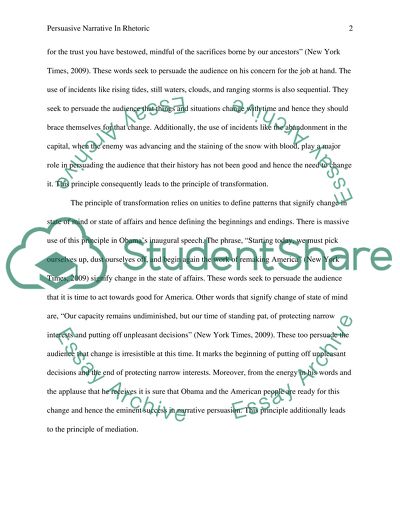Cite this document
(“Persuasive Narrative in Rhetoric Essay Example | Topics and Well Written Essays - 1500 words”, n.d.)
Retrieved from https://studentshare.org/philosophy/1443314-explain-the-persuasive-use-of-narrative-in
Retrieved from https://studentshare.org/philosophy/1443314-explain-the-persuasive-use-of-narrative-in
(Persuasive Narrative in Rhetoric Essay Example | Topics and Well Written Essays - 1500 Words)
https://studentshare.org/philosophy/1443314-explain-the-persuasive-use-of-narrative-in.
https://studentshare.org/philosophy/1443314-explain-the-persuasive-use-of-narrative-in.
“Persuasive Narrative in Rhetoric Essay Example | Topics and Well Written Essays - 1500 Words”, n.d. https://studentshare.org/philosophy/1443314-explain-the-persuasive-use-of-narrative-in.


